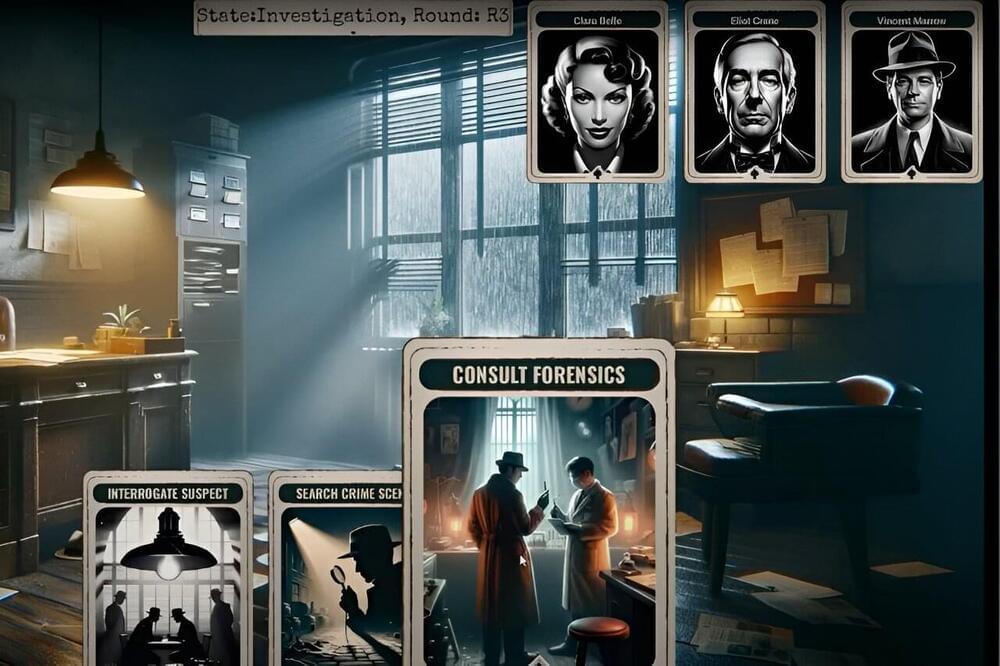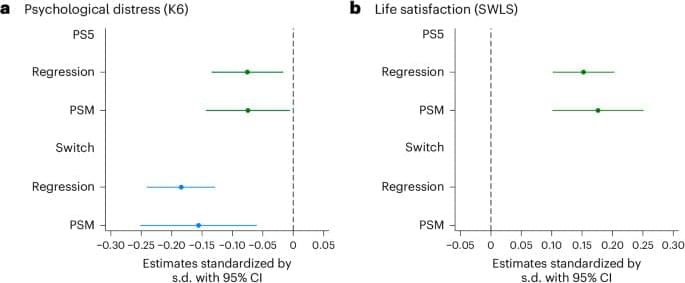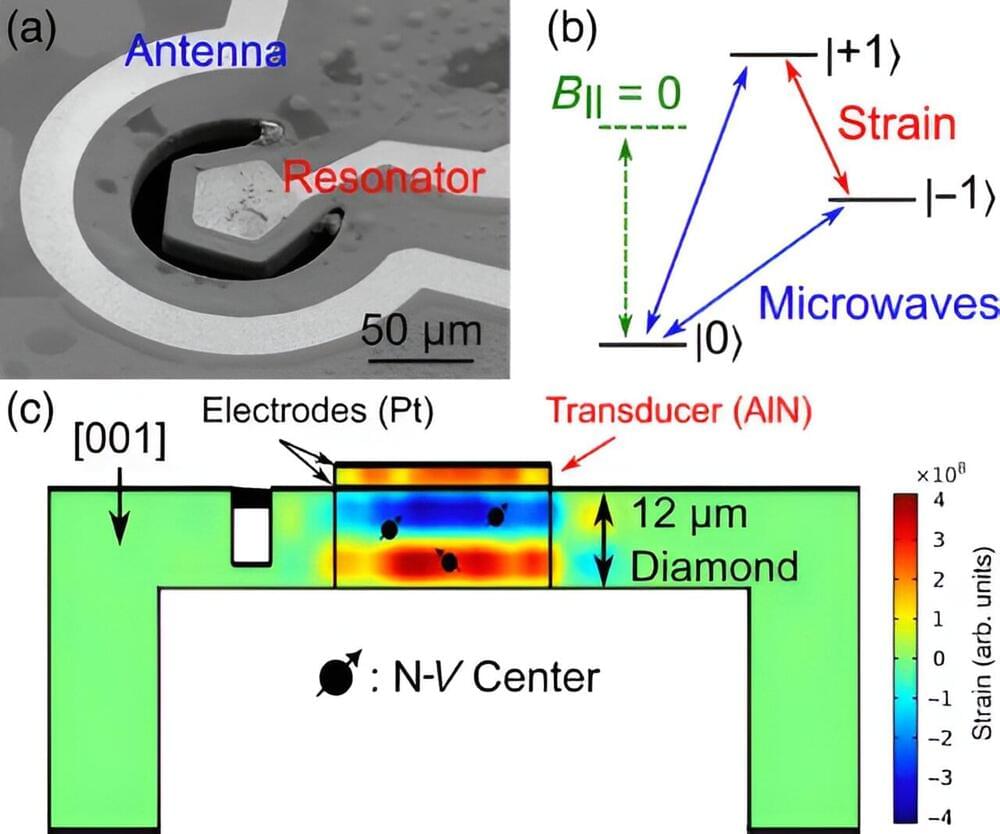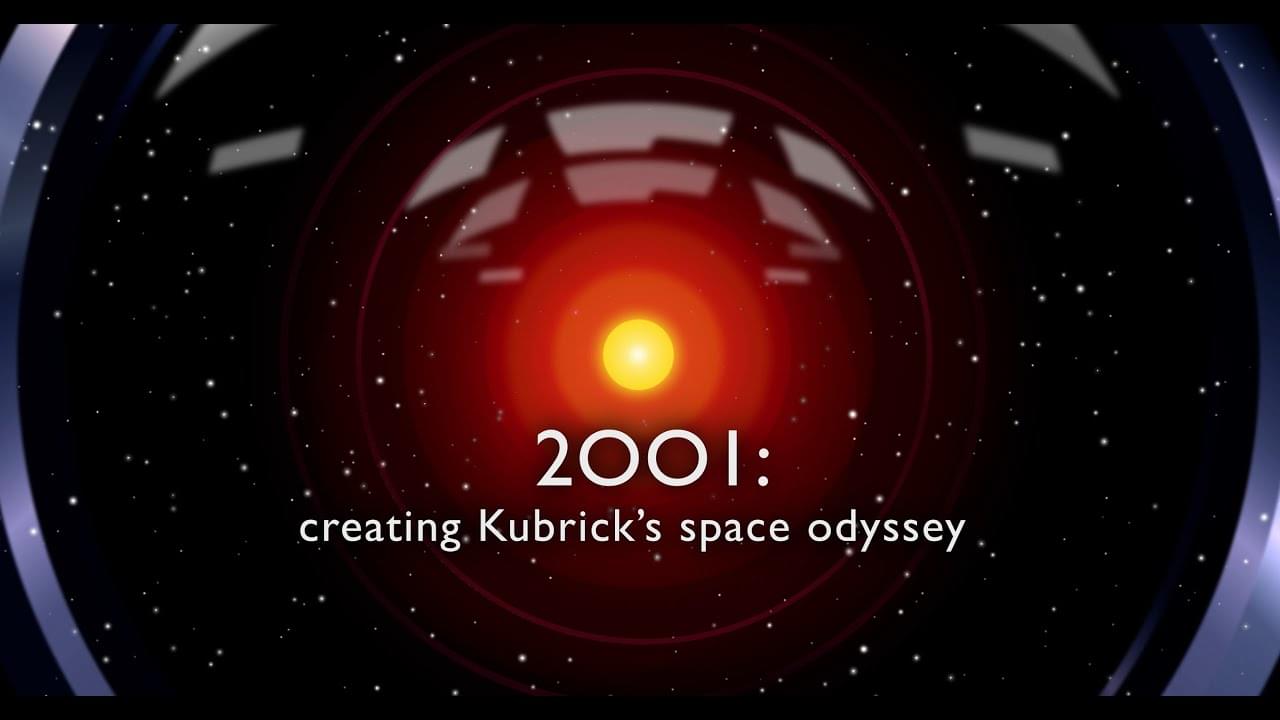Aug 21, 2024
Researchers to present New Tool for Enhancing AI Transparency and Accuracy at conference
Posted by Natalie Chan in categories: entertainment, robotics/AI
While large language models (LLMs) have demonstrated remarkable capabilities in extracting data and generating connected responses, there are real questions about how these artificial intelligence (AI) models reach their answers. At stake are the potential for unwanted bias or the generation of nonsensical or inaccurate “hallucinations,” both of which can lead to false data.
That’s why SMU researchers Corey Clark and Steph Buongiorno are presenting a paper at the upcoming IEEE Conference on Games, scheduled for August 5–8 in Milan, Italy. They will share their creation of a GAME-KG framework, which stands for “Gaming for Augmenting Metadata and Enhancing Knowledge Graphs.”
The research is published on the arXiv preprint server.

















